 R-Pep and Clem’s Bottle Caps
R-Pep and Clem’s Bottle Caps
Entry Type: Thing - Starting with R
 R-Pep and Clem’s Bottle Caps
R-Pep and Clem’s Bottle Caps
 R-Pep Label
R-Pep Label
Rabbit Foot Lodge
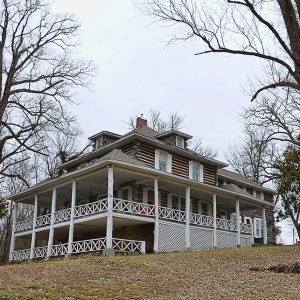 Rabbit Foot Lodge
Rabbit Foot Lodge
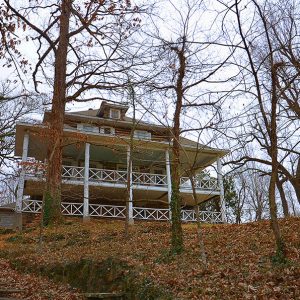 Rabbit Foot Lodge
Rabbit Foot Lodge
Rabies
Race Riots
Racially Restrictive Covenants
 Rackensack Album
Rackensack Album
 Radio Station KNBY
Radio Station KNBY
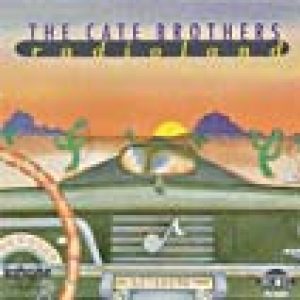 "Radioland," Performed by the Cate Brothers Band
"Radioland," Performed by the Cate Brothers Band
Railroads
 Ramsey's Ferry
Ramsey's Ferry
 Ranavirus
Ranavirus
Ranavirus
Randolph County Courthouse
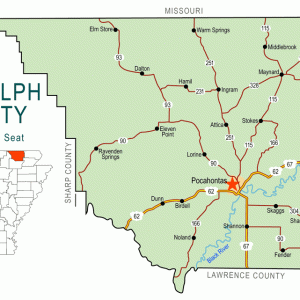 Randolph County Map
Randolph County Map
 Meriwether Lewis Randolph Memorial Marker
Meriwether Lewis Randolph Memorial Marker
Raney v. Board of Education
aka: Arthur Lee Raney v. Board of Education of the Gould School District
 Wayne Raney Sheet Music
Wayne Raney Sheet Music
Ranger Boats
 Ratsnakes Mating
Ratsnakes Mating
 Rattlesnakes
Rattlesnakes
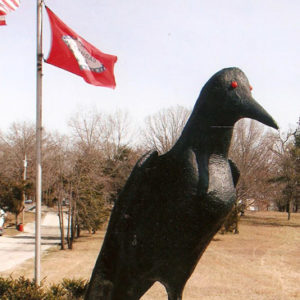 Ravenden's Raven
Ravenden's Raven
Ravenden Springs School
Ray Winder Field
Razorback Hogs
 Razorback Statue
Razorback Statue
 RB-47 Razorback
RB-47 Razorback
 RB-57 Engine Startup
RB-57 Engine Startup
Reader Railroad
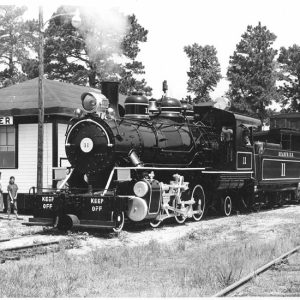 Reader Railroad
Reader Railroad
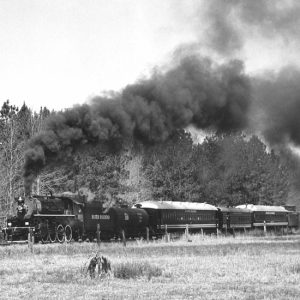 Reader Railroad
Reader Railroad
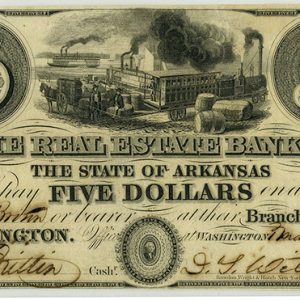 Real Estate Bank Note, 1840
Real Estate Bank Note, 1840
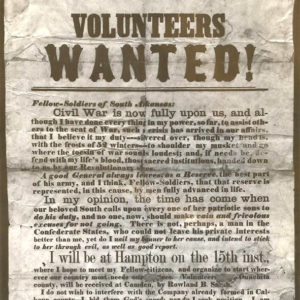 Recruitment Poster
Recruitment Poster
Red Apple Inn
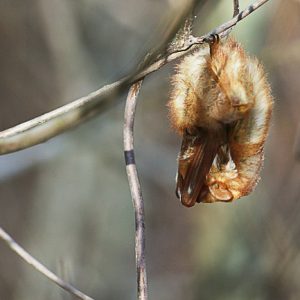 Red Bat
Red Bat
 "Red Headed Woman," Performed by Sonny Burgess
"Red Headed Woman," Performed by Sonny Burgess
Red River
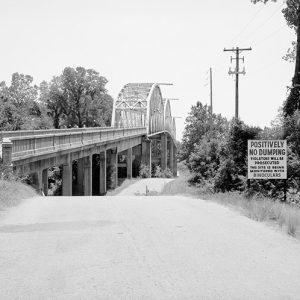 Red River Bridge
Red River Bridge
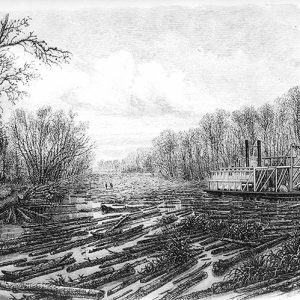 Red River Raft
Red River Raft
Red Scare (1919–1920)
aka: First Red Scare
 Red-bellied Woodpecker
Red-bellied Woodpecker
 Red-cockaded Woodpecker
Red-cockaded Woodpecker
 Red-cockaded Woodpecker
Red-cockaded Woodpecker
 Red-cockaded Woodpecker Call
Red-cockaded Woodpecker Call
Red-cockaded Woodpeckers
aka: Picoides borealis
 Red-tailed Hawk
Red-tailed Hawk




